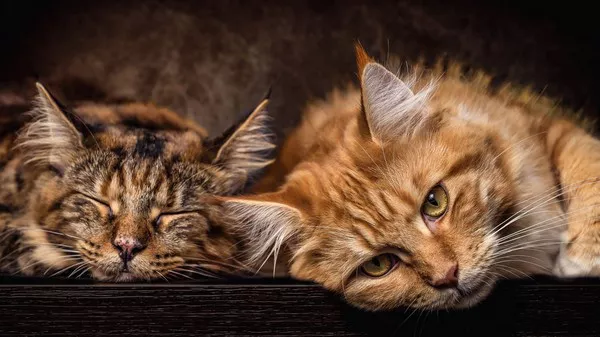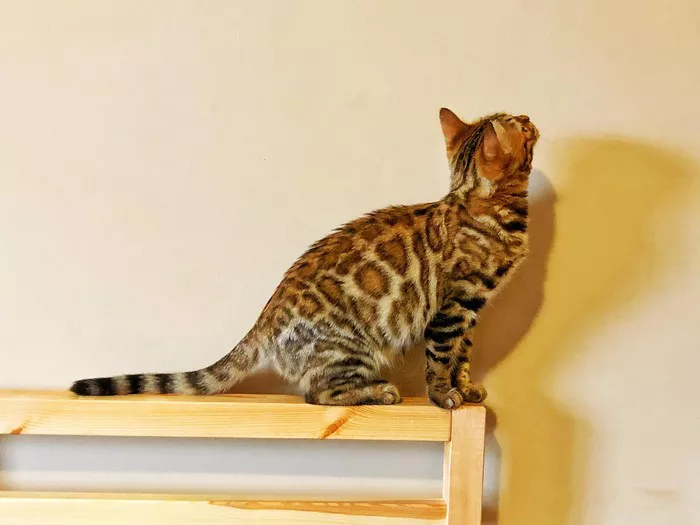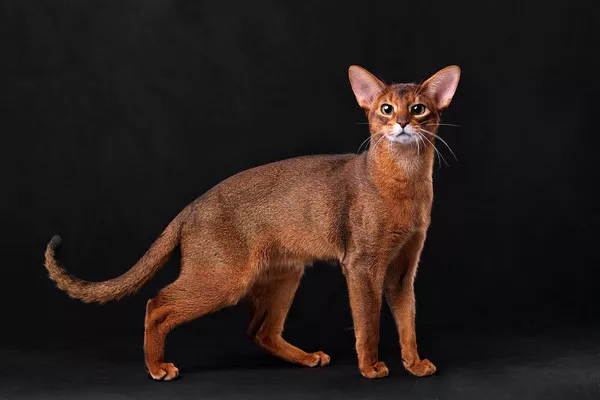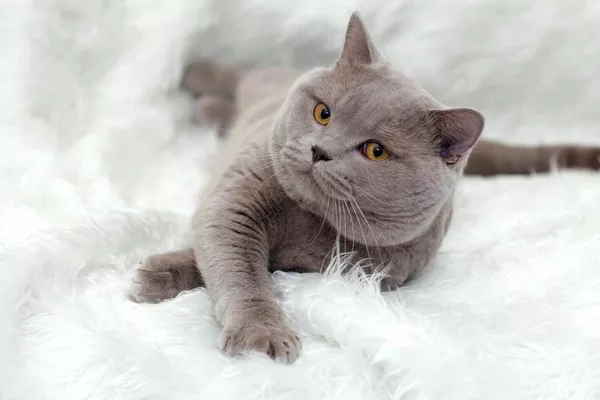Maine Coon cats are known for their large size, friendly nature, and high intelligence. Training your Maine Coon can be a rewarding experience that enhances the bond between you and your feline companion. In this comprehensive guide, we will explore various training techniques and tips to help you train your Maine Coon effectively.
Understanding the Maine Coon Breed:
Before embarking on the training journey, it is crucial to understand the distinctive traits and personality of the Maine Coon cat. Maine Coons are highly intelligent and curious cats with a playful and social nature. They possess a strong desire to interact with their human family members, making them trainable and eager to learn new behaviors.
Positive Reinforcement Training:
1. Reinforce Good Behavior: Use positive reinforcement techniques such as treats, praise, and playtime to reward desired behaviors. For example, when your Maine Coon uses the litter box appropriately, provide verbal praise along with a treat to reinforce the behavior.
2. Clicker Training: Clicker training involves using a clicker device to mark desired behaviors, followed by a reward. This technique helps in associating the sound of the clicker with positive reinforcement, making it easier for your Maine Coon to understand what behavior is being rewarded.
Basic Commands and Behaviors
1. Sit Command: Teach your Maine Coon to sit on command by luring them with a treat above their head, then moving it backward. As they raise their head to follow the treat, their hindquarters will naturally lower into a sitting position. Repeat the command and reward them when they successfully sit.
2. Stay Command: Begin by asking your Maine Coon to sit, then extend your hand in front of their face and say “Stay.” Take a step back and wait for a few seconds before returning to reward them. Gradually increase the distance and duration as they become more comfortable with the command.
3. Recall Command: Teach your Maine Coon to come to you when called by using a positive reinforcement approach. Start in a controlled environment and call their name while crouching or sitting down. When they approach you, reward them with a treat and praise. Practice this command regularly to reinforce it.
Leash Training:
1. Introduction to the Harness: Choose a well-fitting harness specifically designed for cats and introduce it gradually. Allow your Maine Coon to sniff and explore the harness before attaching it. Associate the presence of the harness with treats and positive experiences.
2. Indoor Exploration: Attach a lightweight leash to the harness and let your Maine Coon drag it around the house under supervision. This helps them get accustomed to the sensation of wearing a leash while exploring their surroundings.
3. Outdoor Exposure: Once your Maine Coon is comfortable with the leash indoors, gradually introduce them to the outdoors. Start with short walks in a controlled area such as your backyard, always keeping them on a leash. Reward and praise your cat during and after the outdoor sessions.
Problem Behavior Management:
1. Scratching: Provide appropriate scratching posts or boards and redirect your Maine Coon’s attention to them whenever they attempt to scratch furniture or other undesirable surfaces. Regularly trim their nails to minimize damage.
2. Excessive Meowing: Identify the underlying cause of excessive meowing, such as hunger, discomfort, or boredom. Address the root cause and provide alternative outlets for their energy, such as interactive toys or increased playtime.
Conclusion:
Training a Maine Coon cat requires patience, consistency, and positive reinforcement techniques. By understanding their breed traits and employing effective training methods, you can establish a strong bond with your Maine Coon while teaching them essential commands and behaviors. Remember to make training sessions fun and rewarding, and always prioritize your cat’s physical and emotional well-being throughout the training process.



























